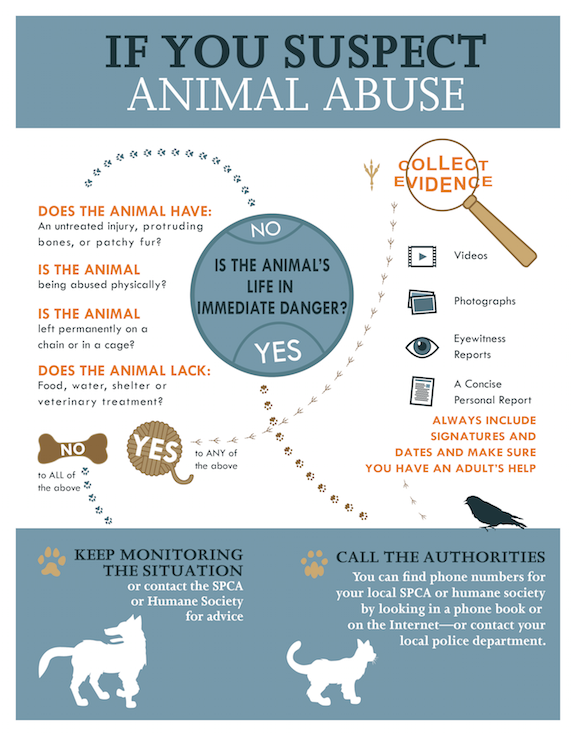Animal cruelty constitutes a grievous violation of ethical standards that society, in its most humane form, seeks to uphold. Yet, despite prevailing laws aimed at protecting our non-human companions, acts of cruelty do occur, often leaving witnesses feeling powerless and unsure of the steps necessary to take action. Have you ever encountered a situation where an animal appeared to be suffering from abuse or neglect? What can you do to transform your moral outrage into effective action? Understanding the process of charging someone with animal cruelty is essential for any compassionate individual eager to make a stand against such injustices.
The journey to hold an individual accountable for animal cruelty begins with recognizing what constitutes such behavior. Animal cruelty encompasses a wide range of actions, including physical abuse, neglect, exploitation, and abandonment. Each jurisdiction may have its own definitions and stipulations regarding animal cruelty laws, often falling into classes of felonies or misdemeanors. When confronted with potential cruelty, it is vital to familiarize yourself with local laws to understand the gravity of the situation.
First and foremost, documenting the incident meticulously is crucial. This step is essential for building a compelling case. Utilize your smartphone or camera to capture clear, detailed photographs or videos of the animal in distress. Image documentation should depict any visible signs of abuse or neglect, such as malnutrition, wounds, or unsanitary living conditions. Include time stamps, dates, and locations where necessary. Additionally, maintaining a written record of your observations, including specific times, behaviors, and any interactions with the alleged perpetrator, will provide invaluable context for your claims.
Once the documentation has been compiled, the next course of action involves contacting the appropriate authorities. Typically, this includes local animal control agencies, humane societies, or even the police, depending on the severity of the situation and the laws in your area. When initiating contact, present your evidence clearly and succinctly. Be prepared to explain what you observed and why you believe it constitutes animal cruelty. Authorities often appreciate detailed accounts, so your meticulous documentation will undoubtedly serve to bolster your claims.
If local agencies fail to respond or take action, you may need to escalate your approach. Engaging with animal advocacy organizations can be a pivotal strategy. These groups often possess the resources and knowledge necessary to navigate the complexities of animal cruelty laws. They can offer guidance on maintaining your file, advocating on your behalf, or even providing legal assistance. Additionally, leveraging social media platforms to raise awareness may generate public pressure on officials to act on the case. However, always be cautious about sharing sensitive information online, as it could impede official investigations.
In situations where the local authorities have responded but no charges are forthcoming, understanding the threshold for what constitutes an arrest or a charge is crucial. Different jurisdictions have varied requirements regarding evidence and proof. Some may necessitate verifiable statements from witnesses, veterinary evaluations, or even corroborative testimonies from professionals experienced in animal behavior. Be aware that sometimes, charges may not be brought due to insufficient evidence, leading to frustration for those advocating on behalf of the voiceless.
Additionally, you may find it necessary to contact your local district attorney’s office. They play a vital role in prosecuting criminal cases, including animal cruelty offenses. Engaging with them can provide insight into what is needed to substantiate a case against the alleged abuser. Remember—frequent follow-ups demonstrate commitment and awareness, possibly compelling authorities to take your case more seriously.
If your pursuit leads to a formal charge, prepare for the intricacies of the legal system. Cases of animal cruelty may involve significant legal intricacies, including understanding the potential defenses the accused may employ. For instance, some perpetrators may claim they were unaware of the animal’s suffering, or they may argue misinterpretation of an event. Anticipating these responses can help you and any legal representation you enlist to prepare more effectively.
Moreover, victim impact statements can articulate the emotional and psychological toll that animal cruelty imposes not only on the animal but also on the witnesses and community. These narratives can be pivotal during trials and may amplify the importance of accountability, reinforcing the necessity for justice. Your heartfelt account may resonate with jurors, compelling them to acknowledge the emotional ramifications of cruelty and the importance of changing such behaviors in society.
Ultimately, while the path might appear daunting, and the road ahead may be fraught with challenges, the persistence of compassionate citizens fuels significant shifts towards eradicating animal cruelty. The steps you take can incite change and inspire others, transforming despair into empowerment. By adhering to the structured approach of documenting incidents, engaging authorities, and collaborating with advocacy groups, citizens can collectively challenge the normalization of animal cruelty in our society. It is incumbent upon all of us to stand vigilant, ensuring that our fellow creatures receive the protection they deserve against cruelty and neglect.
In conclusion, while one individual’s journey to charge someone with animal cruelty might seem like a solitary venture, it stands as a testament to the power of community action and the impact of unwavering commitment to justice for animals. Are you prepared to wield that commitment into meaningful change?







